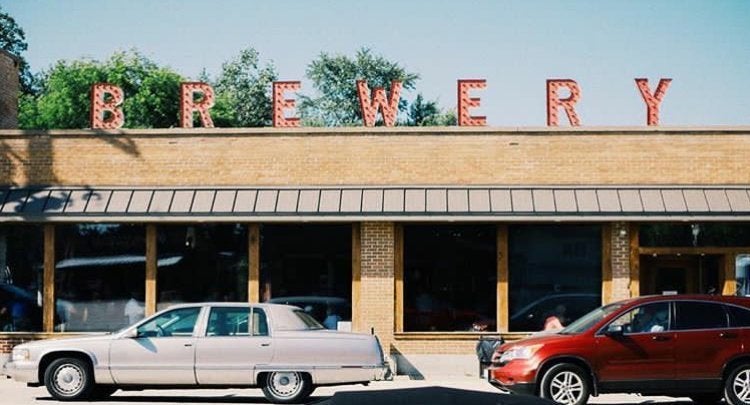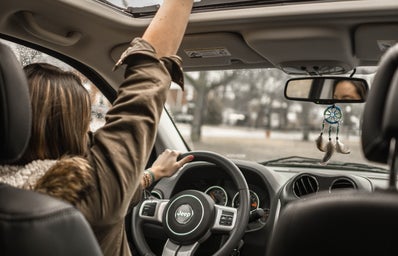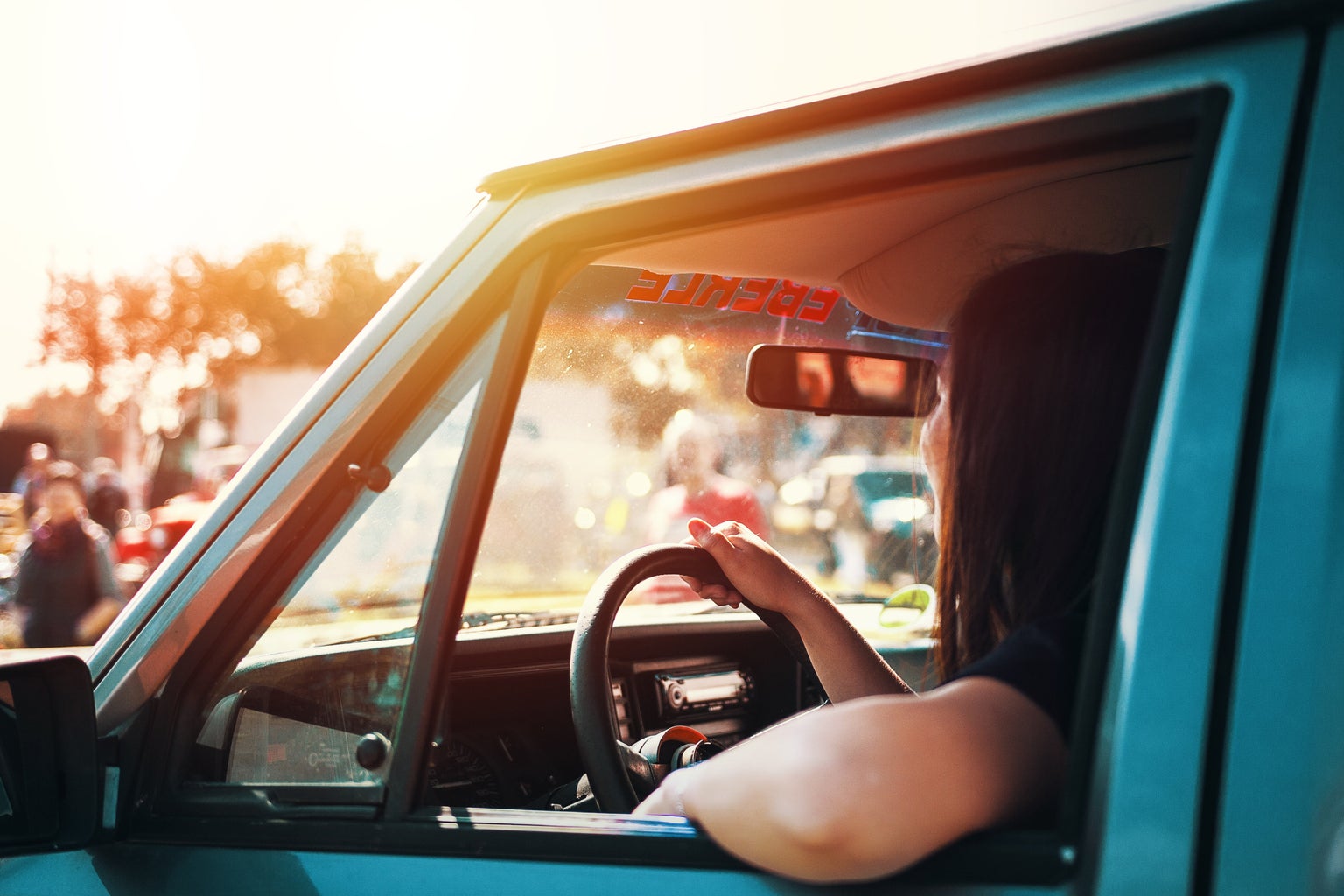Let me preface this by making one thing clear: I can parallel park. I have been parallel parking ever since I got my license. I can do it with or without a back-up camera, on a busy street, in tight spots. You name it, I can park there.

But every now and then, I experience driving performance anxiety. It’s triggered by an unfamiliar location, a stressful situation, and of course, people watching me.
All three criteria were fulfilled on a fateful Saturday evening when my friend and I returned from a late-night grocery run. As I drove down my street, it became clear that my Isla Vista street fulfilled its reputation for being packed, except for one tiny spot right in front of my building.
It was less than ideal, offering barely enough space to fit my car, but it was parking. With a deep breath and encouragement from my friend, I began the parallel parking process:
- Pull forward and line up your side mirror with the car in front.
- Put the car in reverse, slowly back up.
- Once you’re in the clear, turn the steering wheel in the direction of the curb all the way until it stops.
- Back up until your back tire is close to the curb. Reset the steering wheel, back up straight.
- Adjust as needed.
Steps 1-4 were completed with ease. Step 5, however, is where the difficulties began. The next five minutes were spent slightly inching forward, turning the steering wheel, fixing the tires, reversing back, repeat. It was an annoying process, but I was making progress. At least I thought I was, until I heard a voice from above.
“Do you guys need help?”
I was being watched! Someone had been standing outside, and he had been watching me repeat Step 5 over and over again. I was embarrassed and attempted to ignore him, continuing my repetition. Except now that I had an audience, the anxiety kicked in. I bumped the curb, steered the wrong way. I was a mess.
My memory is a little hazy (I’ll chalk it up to selective memory due to humiliation), but before I knew it, my friend was standing on the sidewalk and there was a random man riding shotgun in my car, guiding me through the process. He eventually directed me into the spot, telling me exactly when to turn my wheel to perfectly align myself with the curb. We got out of the car and I never saw him again.
Like all embarrassing moments, this situation has lived rent-free in my mind. Multiple things were humiliating about that moment: my temporary amnesia about how to work a vehicle, “Bejeweled” by Taylor Swift blaring on aux as I hit the curb (multiple times) and my friend recording from the side. But one thing has really stuck with me: why did he help me?
One could look at this from an objective perspective: he saw someone struggling and wanted to offer his help. Which is fair.
But would he do the same thing if I was a guy? Would he feel the need to help? Basically, what I’m asking is what gave him the audacity to get in my car and teach me how to park?
The idea that “women can’t drive” is a deeply ingrained notion in society. The origins of this concept are highlighted in a 1963 episode of the cartoon sitcom “The Jetsons” titled “Jane’s Driving Lesson.” In the episode, George Jetson shouts “Women drivers, that’s the problem!” out of frustration. Jane Jetson begins taking driving lessons, and is the laughing stock in a meanspirited plotline. George Jetson remarks “Driving requires a man’s skill; a man’s judgement; a man’s technical know-how.”
60 years later, pieces of media tend to avoid such blatant sexism, yet the remnants of it lie underneath our society, the consequential effects still lingering on the road.
Like most stereotypes, there’s not a lot of truth to it. There is no scientific reason that would make women worse drivers than men. It has nothing to do with chromosomes, just with preconceived notions based on a widely accepted idea.
A study conducted by the Journal of Personality and Social Psychology in 2009 found that stereotypes may be based on category accentuation, the exaggeration of group differences, or a misperception of nonexistent group differences, a phenomenon known as illusory correlation. The female driver stereotype can fit in both ideas: when compared to male drivers, the difference of gender may be exaggerated. And those differences lead way to other misconceptions, which could contribute to illusory correlation.
A main component of stereotypes is that they’re often damaging. “Women can’t drive” is a harmful stereotype for both genders! It serves as yet another jab directed towards women, placing us in a position of ridicule and blame for accidents gone wrong. And it promotes disparity and erases the fluidity of gender, strengthening sexist norms.
And it’s not true. In fact, more women are licensed than men, while men are more likely to get reckless or drunk driving citations. Yet the cliché rages on.
In terms of my situation, I tend to gravitate more towards the presumptuous arrogance of it all. It would be one thing to silently judge my driving from afar (I have certainly done that to others). But his need to step up unprovoked, sit in my car, and take charge of the situation? Perhaps it’s a male ego thing, the result of toxic masculinity. He saw a damsel in distress, a typical passenger princess trying to masquerade as a driver. So he decided to become a hero, my knight in shining armor and save me.
Now, I’m not saying I’m a world class driver. We all have those moments where we treat speed limits as suggestions or make a way-too-sharp right turn. But I think I can speak on behalf of all women when I say: if we don’t ask for it, we don’t need your help.
So if my “knight in shining armor” is reading this: thank you for your help, but it was really not needed. At that moment, I was not a damsel in distress. I was simply a driver in distress.



